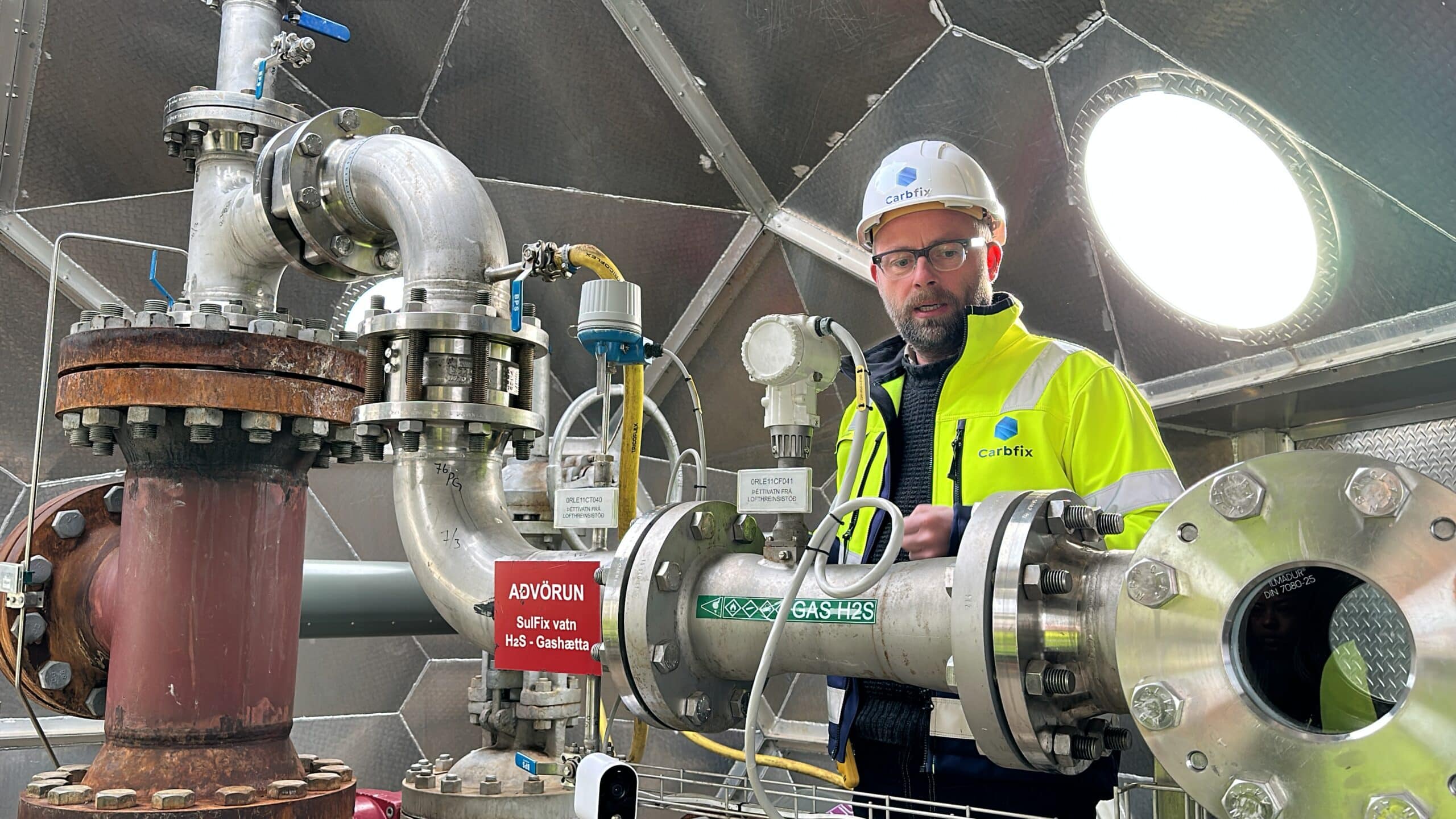
Greening Grapes: Exploring Sustainable Winemaking Practices
In a world where sustainability and green living are increasingly valued, rest assured, the wine industry has not been left behind. Winemakers around the globe are embracing sustainable practices to minimize their impact on the environment and produce wines that are not only delicious, but eco-friendly. The fascinating world of sustainable winemaking sheds light on the innovative techniques and processes helping to make your favorite vintage more environmentally friendly.
Creating the Sustainable Vineyard
The journey to sustainable winemaking starts in the vineyard. Grapes are the lifeblood of vinification and how they’re grown, and harvested, plays a pivotal role in sustainability.
Winemakers are turning to sustainability to weather the storms of climate change, indicating the growing importance of eco-conscious practices in the industry. Here are some practices wineries are increasingly adopting to reduce their environmental footprint:
Organic and Biodynamic Farming
Sustainable vineyards often favor organic and biodynamic farming methods. These practices avoid synthetic pesticides and fertilizers in favor of natural alternatives.
The goal is to cultivate grapes without harming soil, local ecosystems or the health of the vineyard workers. Organic and biodynamic approaches work harmoniously with the environment, aiming to produce healthier vines and better-tasting grapes.
Cover Crops and Biodiversity
Many sustainable vineyards employ the use of cover crops. Plants are strategically sown between rows of grapevines to protect against soil erosion, improve soil health and create a habitat for beneficial insects. Cover crops also enhance biodiversity by providing a haven for wildlife, such as pollinators, which play a critical role in maintaining the ecosystem’s balance.
Water Efficiency
Sustainable vineyards are conscious of their water usage. Water is a precious resource and it’s essential to use it efficiently.
Techniques like drip irrigation and soil moisture monitoring help vineyard managers optimize grapevine water delivery. This conserves water and ensures the vines receive the precise amount they need for healthy growth.
Minimal Intervention
Many sustainable vineyards adopt a philosophy of minimal intervention, allowing grapevines to thrive with as little human interference as possible. Instead of heavy pruning, winemakers may opt for methods that respect the natural growth of the vines. This approach encourages stronger, more resilient plants, making grapes better suited to the local environment and climate.
Pest Management
Sustainable vineyards favor natural pest control methods. Rather than relying on pesticides, they may employ techniques such as planting companion crops to deter pests or releasing natural predators of vine-damaging insects. This reduces the need for harmful chemicals and helps maintain a healthier ecosystem within the vineyard.
Avoiding Oxidation
Once the grapes are harvested, winemakers employ various techniques to ensure the quality of the wine. One of these is using specialty gases such as nitrogen, which is used to combat the intrusion of oxygen. Exposure to oxygen leads to oxidation, which can ruin a wine’s flavor. Naturally occurring nitrogen can easily be extracted from the surrounding atmosphere to be used for this purpose.
Nitrogen is employed during the winemaking process to control the atmospheric conditions in aging barrels or tanks. It can also be used in the dispensing process, with nitrogen taps. These taps prevent further oxidation as the wine is poured.
Sustainable Packaging
Sustainability in the wine industry goes beyond the grapevines and vinification process — it extends to the vessel holding your favorite vintage. Wineries are increasingly recognizing the importance of eco-friendly packaging, as it plays a crucial role in reducing the overall carbon footprint of wine production and distribution. Here are some examples of sustainable packaging they use:
- Lightweight glass bottles: These bottles are designed to be as durable as traditional ones, but with a significantly reduced weight. This lowers transportation emissions and decreases the glass required for each bottle, reducing resource consumption and waste.
- Recyclable materials: Recyclable materials ensure the entire wine package can be disposed of responsibly. This promotes a circular economy where materials are repurposed, rather than ending up in landfills.
- Alternative packaging: These include bag-in-box wine, Tetra Paks and even wine pouches. These formats are often lighter, more space-efficient and have a lower carbon footprint during transportation.
- Sustainable corks and closures: Some wineries use natural cork stoppers that are biodegradable, renewable and harvested in an environmentally responsible way. Others are turning to synthetic corks or screw caps, which are easier to recycle and can prevent the issues associated with cork taint.
- Repurposed and upcycled packaging: This may include reclaimed wine for wine crates, repurposed materials for wine gift boxes or even designing labels with plantable paper which grows into wildflowers.
Sustainable Vinification
Sustainable winemaking is on the rise. It is not just a trend, but a movement. Wineries worldwide are embracing eco-conscious practices from the vineyard to the bottle, ensuring you can enjoy your favorite wine with a clear conscience. By focusing on the vinification process above all else, you can savor sustainability one sip at a time.




Post a comment